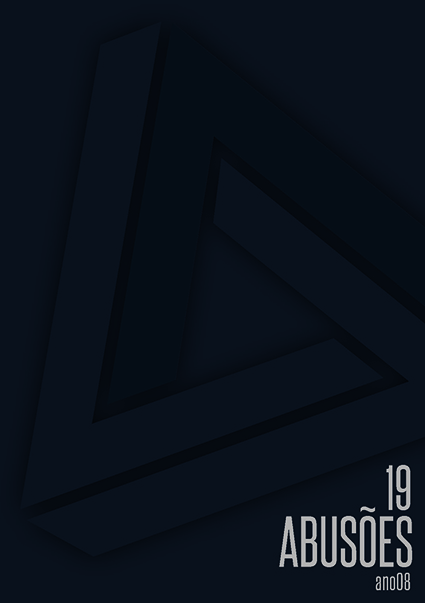A TRAGEDY DOOMED TO REPEAT ITSELF TIME AND AGAIN: MONSTROUS REPRESENTATIONS IN GUILLERMO DEL TORO’S THE DEVIL’S BACKBONE (2001)
Contenido principal del artículo
Resumen
This article analyzes representations of monstrosity in the film The Devil’s Backbone (directed by Guillermo del Toro, 2001). The main theoretical support approaches issues related to monstrosity (ASMA, 2009; COHEN, 1996) and evil (CALDER, 2020). The analysis points to the presence of a movement that eventually became typical in del Toro’s oeuvre, namely, the viewer’s empathic identification with characters that display a monstrous appearance, and a simultaneous detachment from characters depicted with a human appearance in view of the evil monstrosity they display throughout the narrative. Our hypothesis is that the character whose shape is unconventional is humanized and gains narrative prominence, whereas the human figure undergoes a monstrification process due to its somber behavior. Such dynamic is anchored to the presence of tropes that are recurrent in gothic fiction and to the war context presented in the film. The complex relations between humanity and monstrosity in the plot drive the audience to question and understand the essence of monstrosity and to resignify humanity.
Descargas
Los datos de descargas todavía no están disponibles.
Detalles del artículo
Cómo citar
MAYER, Gabriel da Fonseca; ZANINI, Claudio Vescia. A TRAGEDY DOOMED TO REPEAT ITSELF TIME AND AGAIN: MONSTROUS REPRESENTATIONS IN GUILLERMO DEL TORO’S THE DEVIL’S BACKBONE (2001). Abusões, Rio de Janeiro, v. 19, n. 19, 2022. DOI: 10.12957/abusoes.2022.66475. Disponível em: https://www.e-publicacoes.uerj.br/abusoes/article/view/66475. Acesso em: 13 may. 2025.
Sección
Gótico Ibero-americano: produções góticas na Península Ibérica e na América Latina

Os conteúdos da Revista Abusões estão licenciados com uma Licença Creative Commons Atribuição-CompartilhaIgual 4.0 Internacional.

